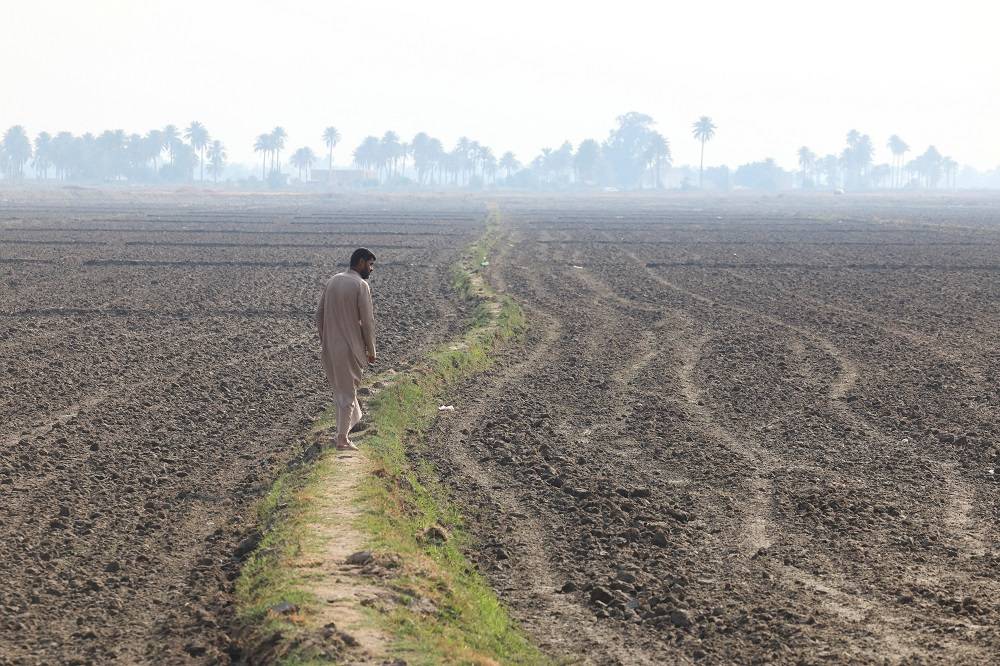Iraq’s official statement condemning the recent US bombing of a number of armed faction bases west and southwest of Baghdad did not rise to the level of an official protest, according to Iraqi parties that are opposed to the US presence in the country.
The Iraqi government’s statement was carefully written, using diplomatic rhetoric, which gave the impression that the Iraqi government was walking a tightrope between the United States on the one hand and the pro-Iranian armed factions on the other.
While Iraq repeatedly reiterated its need for the US-led international coalition, in addition to its adherence to the strategic framework agreement signed between Baghdad and Washington in 2009, it cannot allow further escalation with these factions for emotional reasons related to the war in Gaza.
“We vehemently condemn the attack on Jurf al-Nasr, executed without the knowledge of Iraqi government agencies. This action is a blatant violation of sovereignty and an attempt to destabilize the security situation,” Basem al-Awadi, spokesperson for the Iraqi government, said in the statement.
Stressing that the attack was carried out without the knowledge of the Iraqi government seemed to be a message of protest to Washington regarding its lack of coordination, despite the strategic framework agreement between the two countries. It also appeared to be a message of reassurance to the armed factions that the government had not given Washington the green light in any way.
Moreover, the government statement reiterated its need for the international coalition, saying that the presence of the international forces in Iraq supported “the work of our armed forces through training, rehabilitation, and counseling.”
“The recent incident represents a clear violation of the coalition’s mission to combat ISIS on Iraqi soil,” the statement added.
Meanwhile, remarks issued by several Iraqi Shiite leaders ranged between a severe tone and repeated calls for the government to implement the Parliament’s decision issued in 2020, pertaining to the removal of American forces from the country.
Hadi Al-Amiri, the leader of the Al-Fatah Alliance, and Qais Al-Khazali, the head of Asaib Ahl al-Haq, called for the expulsion of the US forces, while the leader of the State of Law coalition, Nouri al-Maliki, condemned the US attacks but left some space for diplomatic action.
“The Iraqi government is committed to protecting diplomatic missions,” he said in a statement.
During a meeting with US Ambassador Helena Romanski, Iraqi Foreign Minister Fuad Hussein did not deliver a diplomatic letter of protest. This was seen by many Iraqi parties that even if Baghdad condemned the attacks, its diplomatic tone did not reach the level of official protest.
In this regard, experts and political analysts question whether Baghdad’s balanced tone would help maintain the rules of engagement between the armed factions and the United States within acceptable limits without reaching the bone-breaking stage.
Such an escalation would constitute a great embarrassment to the Iraqi government, in the event the factions bomb the US embassy or the United States directly targets some of the leaders of these groups. Then, the scene will change, so will the rules of engagement.










